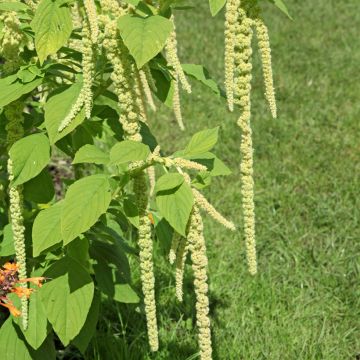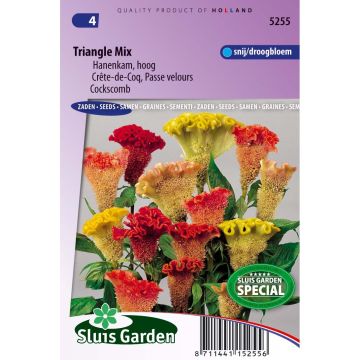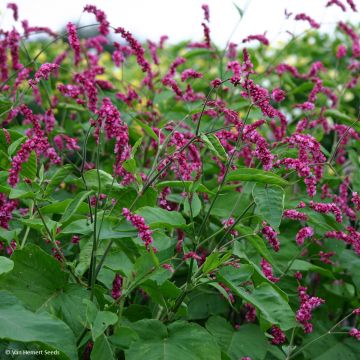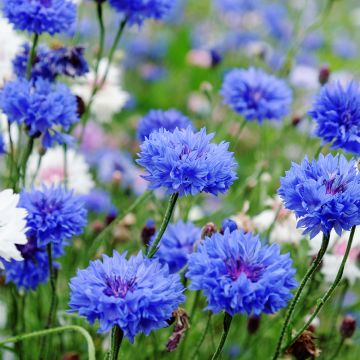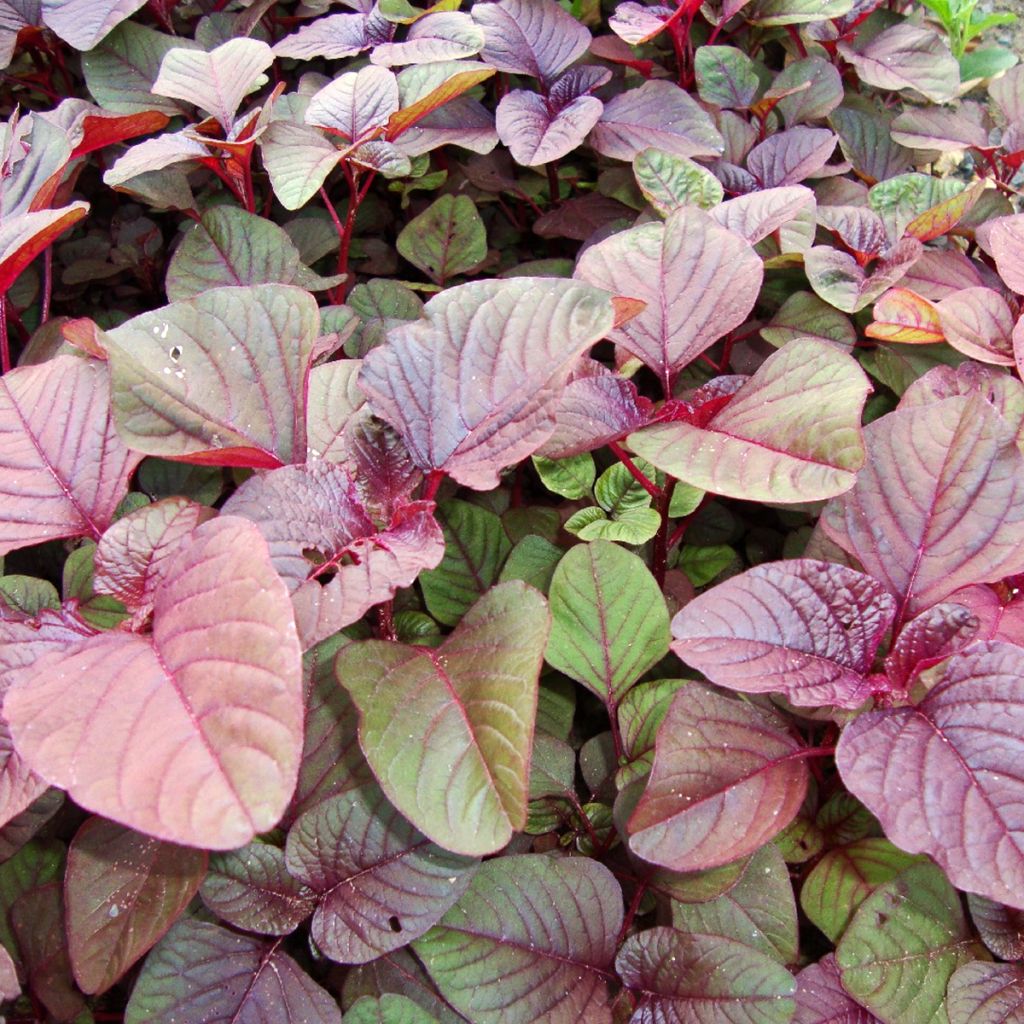

Amaranthus blitum Rouge


Amaranthus blitum Rouge
Amaranthus blitum Rouge
Amaranthus blitum Rouge
Amaranth
Special offer!
Receive a €20 voucher for any order over €90 (excluding delivery costs, credit notes, and plastic-free options)!
1- Add your favorite plants to your cart.
2- Once you have reached €90, confirm your order (you can even choose the delivery date!).
3- As soon as your order is shipped, you will receive an email containing your voucher code, valid for 3 months (90 days).
Your voucher is unique and can only be used once, for any order with a minimum value of €20, excluding delivery costs.
Can be combined with other current offers, non-divisible and non-refundable.
Home or relay delivery (depending on size and destination)
Schedule delivery date,
and select date in basket
This plant carries a 6 months recovery warranty
More information
We guarantee the quality of our plants for a full growing cycle, and will replace at our expense any plant that fails to recover under normal climatic and planting conditions.
Description
The deep red leaves of the Amaranthus blitum are edible. They can be consumed both raw and cooked, like spinach. With their mild flavor, these vitamin and fiber-rich leaves will pique your culinary curiosity. The seeds can be ground into flour or popped like corn. This large annual plant tolerates heat well and is rather water-efficient. Sow it in the vegetable garden in April-May, in the sun, in any deep and loose soil that remains moist. Ideal for permaculture enthusiasts.
From the Chenopodiaceae or Amaranthaceae family, like beets and chard, Amaranthus blitum is probably native to the Mediterranean region, but it has managed to establish itself in most tropical and temperate regions of the world, particularly in Africa and Asia. It is cultivated there as a leafy vegetable, just like spinach in our region. In Greece, it is used in a dish known as vlita, where the leaves are boiled and seasoned with olive oil and lemon juice. The typical species has green foliage. The red variety stands out with its foliage, which is not only tasty but also decorative.
Little known among food enthusiasts, edible red amaranth deserves a place in your vegetable garden, as it is flavourful and can be prepared in countless ways: raw in spring salads, cooked in gratins, with cream, paired with goat cheese or salmon, just like spinach. It forms an upright, well-branched plant, reaching a height of up to 1.5m (5ft). Its simple leaves are slightly notched at the tip, with prominent veins, and are deep red in colour. It flowers in the summer (July-August). The violet flowers are clustered in the axils of the leaves or at the ends of the stems.
Harvest: the amaranth is harvested leaf by leaf, according to its growth and your needs. The young leaves are the most tender. It is best to avoid harvesting the leaves once the plant starts flowering. The seeds should be harvested when ripe, between August and October. It tends to self-seed.
Storage: amaranth leaves do not keep well in the refrigerator, so pick them just before preparing them. However, you can freeze them after blanching them for three minutes in salted boiling water.
Report an error about the product description
Harvest
Plant habit
Foliage
Botanical data
Amaranthus
blitum
Rouge
Chenopodiaceae
Amaranth
Amarantus blitum, Amaranthus lividus
Cultivar or hybrid
Annual
Other Amaranthus seeds
View all →Planting and care
Cultivation: The red edible amaranth thrives in the sun in early summer or in partial shade in midsummer, especially in very hot regions. Ideally, it prefers a humus-rich, moist, well-drained and well-worked soil. If compost is needed, it should be applied preferably in autumn, in the form of well-rotted compost, dug in to a depth of 5 cm (2in), after loosening the soil, as is necessary for all vegetable crops.
Sowing: The germination temperature for the red edible amaranth is between 21 and 25°C (69.8 and 77°F) and takes about 15 days. It can be sown under cover (cold greenhouse or frame) or outdoors, without protection.
Sowing period: in March-April under cold frames, then transplanting in May-June in place or direct sowing in May-June in open ground, after the last spring frosts.
Harvest period: from July to October.
In well-amended and well-cultivated soil, sow the seeds at a depth of 1 to 2 cm (0.5 to 1 inches), in rows spaced 30 to 40 cm (12 to 16in) apart. Cover the sowing with a thin layer of soil and lightly firm it. You can thin out overcrowded seedlings, leaving one plant every approximately 30 cm (12in). For a leafy harvest, similar to spinach, it is advisable to reduce the spacing between plants to about 15 cm (6in) and to water more regularly. In hot weather, it takes 40 to 60 days from sowing to the first leaf harvest.
Maintenance: Remember to water regularly with a fine spray and mulch the soil to maintain good moisture. It is also recommended to stagger the sowings to extend the harvest period.
Seedlings
Care
Intended location
This item has not been reviewed yet - be the first to leave a review about it.
Similar products
Haven't found what you were looking for?
Hardiness is the lowest winter temperature a plant can endure without suffering serious damage or even dying. However, hardiness is affected by location (a sheltered area, such as a patio), protection (winter cover) and soil type (hardiness is improved by well-drained soil).

Photo Sharing Terms & Conditions
In order to encourage gardeners to interact and share their experiences, Promesse de fleurs offers various media enabling content to be uploaded onto its Site - in particular via the ‘Photo sharing’ module.
The User agrees to refrain from:
- Posting any content that is illegal, prejudicial, insulting, racist, inciteful to hatred, revisionist, contrary to public decency, that infringes on privacy or on the privacy rights of third parties, in particular the publicity rights of persons and goods, intellectual property rights, or the right to privacy.
- Submitting content on behalf of a third party;
- Impersonate the identity of a third party and/or publish any personal information about a third party;
In general, the User undertakes to refrain from any unethical behaviour.
All Content (in particular text, comments, files, images, photos, videos, creative works, etc.), which may be subject to property or intellectual property rights, image or other private rights, shall remain the property of the User, subject to the limited rights granted by the terms of the licence granted by Promesse de fleurs as stated below. Users are at liberty to publish or not to publish such Content on the Site, notably via the ‘Photo Sharing’ facility, and accept that this Content shall be made public and freely accessible, notably on the Internet.
Users further acknowledge, undertake to have ,and guarantee that they hold all necessary rights and permissions to publish such material on the Site, in particular with regard to the legislation in force pertaining to any privacy, property, intellectual property, image, or contractual rights, or rights of any other nature. By publishing such Content on the Site, Users acknowledge accepting full liability as publishers of the Content within the meaning of the law, and grant Promesse de fleurs, free of charge, an inclusive, worldwide licence for the said Content for the entire duration of its publication, including all reproduction, representation, up/downloading, displaying, performing, transmission, and storage rights.
Users also grant permission for their name to be linked to the Content and accept that this link may not always be made available.
By engaging in posting material, Users consent to their Content becoming automatically accessible on the Internet, in particular on other sites and/or blogs and/or web pages of the Promesse de fleurs site, including in particular social pages and the Promesse de fleurs catalogue.
Users may secure the removal of entrusted content free of charge by issuing a simple request via our contact form.
The flowering period indicated on our website applies to countries and regions located in USDA zone 8 (France, the United Kingdom, Ireland, the Netherlands, etc.)
It will vary according to where you live:
- In zones 9 to 10 (Italy, Spain, Greece, etc.), flowering will occur about 2 to 4 weeks earlier.
- In zones 6 to 7 (Germany, Poland, Slovenia, and lower mountainous regions), flowering will be delayed by 2 to 3 weeks.
- In zone 5 (Central Europe, Scandinavia), blooming will be delayed by 3 to 5 weeks.
In temperate climates, pruning of spring-flowering shrubs (forsythia, spireas, etc.) should be done just after flowering.
Pruning of summer-flowering shrubs (Indian Lilac, Perovskia, etc.) can be done in winter or spring.
In cold regions as well as with frost-sensitive plants, avoid pruning too early when severe frosts may still occur.
The planting period indicated on our website applies to countries and regions located in USDA zone 8 (France, United Kingdom, Ireland, Netherlands).
It will vary according to where you live:
- In Mediterranean zones (Marseille, Madrid, Milan, etc.), autumn and winter are the best planting periods.
- In continental zones (Strasbourg, Munich, Vienna, etc.), delay planting by 2 to 3 weeks in spring and bring it forward by 2 to 4 weeks in autumn.
- In mountainous regions (the Alps, Pyrenees, Carpathians, etc.), it is best to plant in late spring (May-June) or late summer (August-September).
The harvesting period indicated on our website applies to countries and regions in USDA zone 8 (France, England, Ireland, the Netherlands).
In colder areas (Scandinavia, Poland, Austria...) fruit and vegetable harvests are likely to be delayed by 3-4 weeks.
In warmer areas (Italy, Spain, Greece, etc.), harvesting will probably take place earlier, depending on weather conditions.
The sowing periods indicated on our website apply to countries and regions within USDA Zone 8 (France, UK, Ireland, Netherlands).
In colder areas (Scandinavia, Poland, Austria...), delay any outdoor sowing by 3-4 weeks, or sow under glass.
In warmer climes (Italy, Spain, Greece, etc.), bring outdoor sowing forward by a few weeks.






























